High-definition wireless transmission
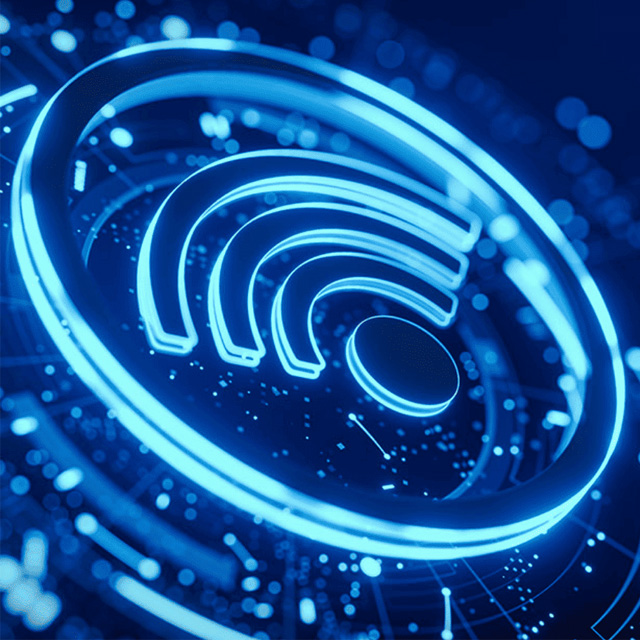
The Point-to-Multipoint Broadband Data Transmission Module utilizes LTE, OFDM, and MIMO technologies, offering flexible bandwidth options (1.4 MHz to 20 MHz). Its streamlined architecture reduces latency, improves transmission efficiency, and delivers long-range, high-throughput, and anti-interference performance.
The product integrates an SOC chip to enhance system integration, significantly reducing power consumption and module size, meeting customer needs for data acquisition, video surveillance, and other applications.
High-Precision Positioning System
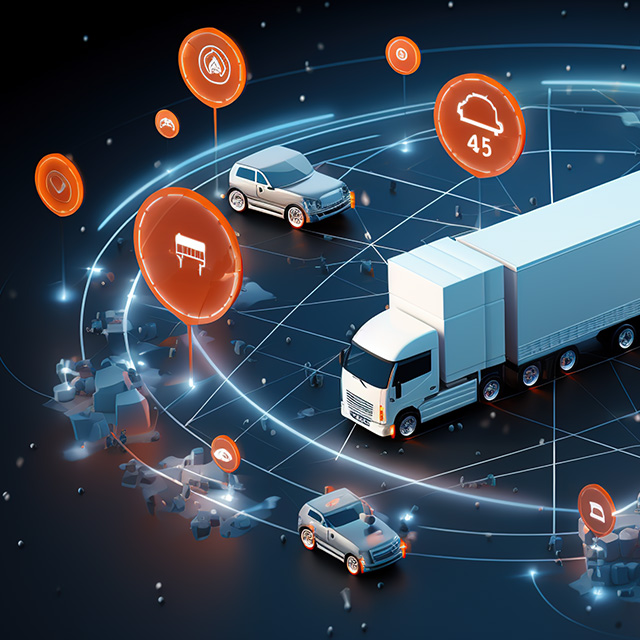
Our solution provides high-precision positioning with an accuracy of 10 cm and a refresh rate of 20 ms, ensuring that test vehicles in automotive durability trials adhere precisely to predefined trajectories and speed requirements, even under high-speed conditions. This enables reliable compliance with testing protocols and enhances test data integrity.
Digital Twin System
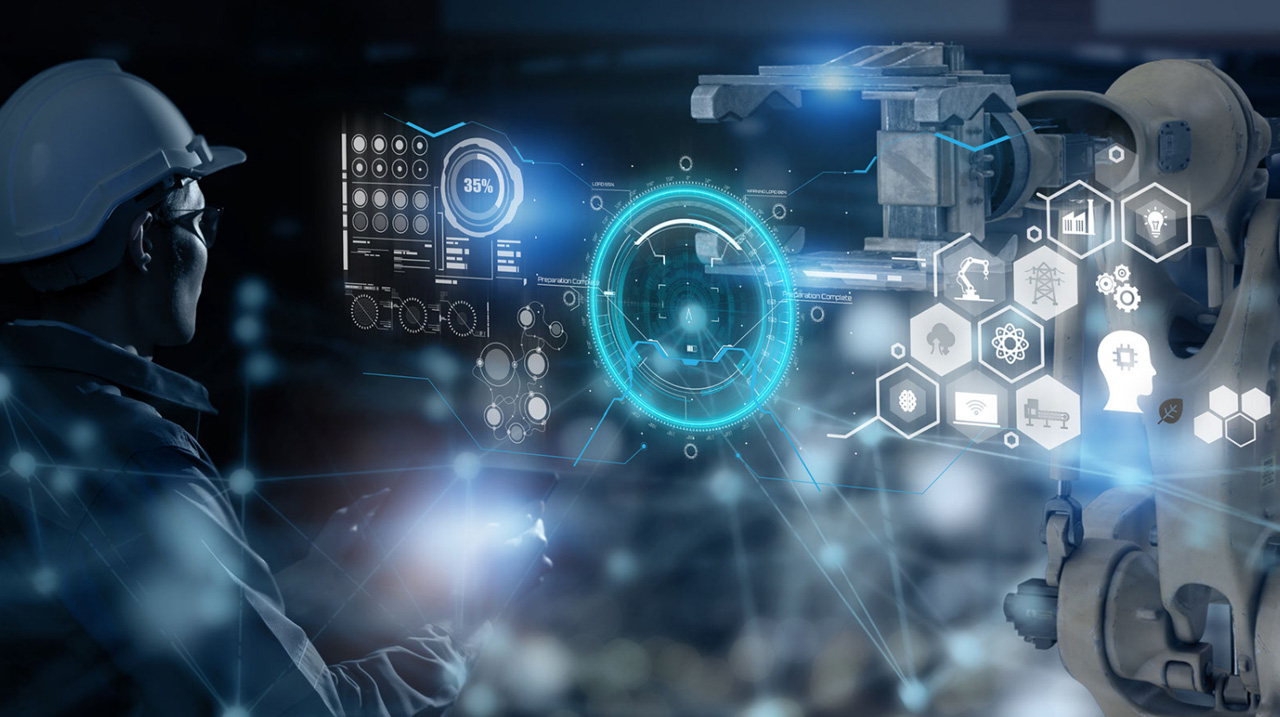
Comprehensive Digitalization:
The digital twin of the park enables the digital transformation of management elements such as people, vehicles, objects, environment, energy, and events within the park.
Technical Features and Advantages of the Digital Twin System
- Comprehensive Digitalization: The digital twin of the park enables the digital transformation of management elements such as people, vehicles, objects, environment, energy, and events within the park.
- Full-Process Intelligence: It encompasses intelligent applications across various stages of park planning, construction, and management, enabling digital management throughout the entire park lifecycle.
- All-Round Visualization: Through the central platform of the digital twin, users can navigate and switch seamlessly between various spatial and visual scene models, ranging from individual units to systems, outdoor to indoor, and from 2D to 3D.
- Real-Time and Interactive: The digital twin platform can monitor the park’s operational status in real-time and interact with the physical park, enabling the fusion and collaboration of both virtual and physical spaces.
Core Features and Applications
Security and protection
The digital twin platform can integrate data from various security devices within the park, such as surveillance systems, access control systems, and fire safety systems, to build a comprehensive, multi-layered security network.
It offers real-time visualization of personnel movement, vehicle trajectories, and the status of security devices across various areas of the park.
In the event of a security incident, such as unauthorized access or a fire, the platform can quickly activate emergency protocols, accurately locate the incident site, and provide security personnel with the optimal response path and solution.
Operations and Maintenance Management
By providing accurate equipment failure warnings and efficient maintenance plan simulations, we reduce the losses and downtime caused by unexpected equipment failures.
The platform enables real-time monitoring and analysis of energy consumption data, optimizing energy usage strategies to achieve energy conservation and emission reduction, thereby reducing the operational costs of the park.
Business Attraction and Investment Services
The park's intuitive and comprehensive display capabilities allow for precise alignment with target enterprises, significantly enhancing investment attraction success rates.
The arrival of high-quality enterprises not only injects capital and projects but also drives the optimization and upgrading of the park’s industrial structure.
Building Monitoring
The park's buildings are digitized and continuously monitored through an advanced system, ensuring real-time tracking of their operational status.
This not only improves operational efficiency through automation but also enables energy consumption monitoring, helping to optimize usage and reduce costs.
Data Integration and Analysis
The digital twin platform collects and analyzes vast amounts of data from within the park, providing managers with decision-making support.
Through data analysis, potential issues and optimization opportunities in park operations are identified, leading to enhanced overall operational efficiency.
AI-Powered High-Precision Visual Inspection
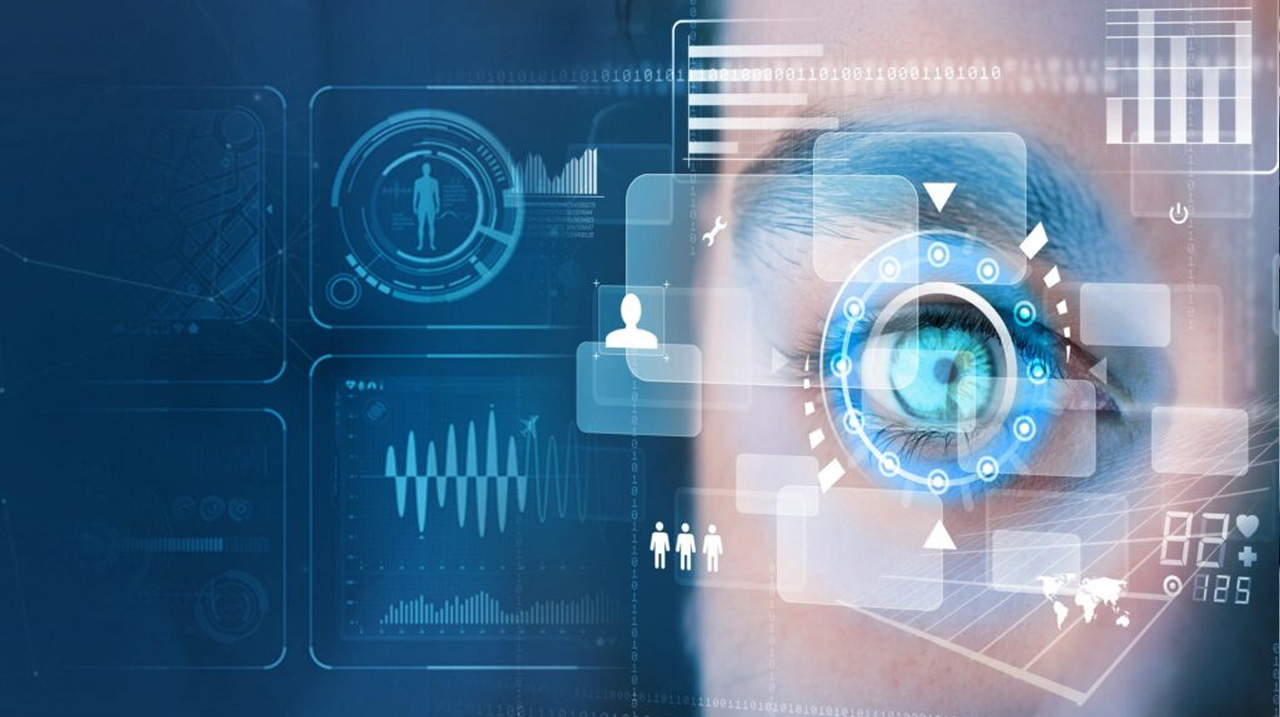
AI-powered high-precision visual inspection is an advanced detection method that integrates artificial intelligence technologies. It enables accurate and rapid inspection and evaluation of products or objects through intelligent image analysis.
Technical Principle
The core of AI-powered high-precision visual inspection lies in the integration of computer vision and deep learning. Its workflow typically includes several stages: image acquisition, feature extraction, model training, and result analysis, each involving sophisticated technologies and algorithms. Specifically, the system learns from large volumes of image data to extract unique features of target objects. During actual inspection, it compares these features against sample data to perform accurate recognition and classification.
- Image Acquisition: High-resolution image capture using cameras or scanners to obtain accurate visual data of the target object.
- Preprocessing: Image enhancement processes, such as denoising, contrast adjustment, and normalization to improve data quality for downstream analysis.
- Image Segmentation: Isolation of regions of interest (ROIs) from background noise to focus detection on relevant areas.
- Feature Extraction: Leveraging deep learning models, especially convolutional neural networks (CNNs), to identify and abstract critical features from visual data.
- Feature Matching: Comparing extracted features with trained reference models to verify compliance with predefined specifications.
- Result Output: Delivering precise, real-time inspection results for integration into automation systems or quality assurance workflows.
Technical Advantages
- High Precision: AI-powered visual inspection can detect even the slightest defects, such as micro-cracks, subtle color deviations, or irregular shapes, ensuring exceptional product quality with microscopic accuracy.
- High Efficiency: Capable of high-speed detection, significantly outperforming traditional manual inspection. For example, in electronics manufacturing, AI systems can inspect multiple items per second, dramatically shortening production cycles.
- Consistency & Reliability: Unaffected by human fatigue or emotional variability, the system maintains stable performance and uniform inspection standards over long operational periods.
- Reduced Labor Dependency: By automating the inspection workflow, the system minimizes reliance on manual operations, reduces human error, and optimizes labor costs.
Application Scenarios
- Industrial Manufacturing: AI-powered visual inspection is widely used for automated quality control and defect detection in manufacturing. It accurately identifies micro-defects such as scratches, dents, and cracks on component surfaces, delivering sub-second detection speeds with consistency and precision that surpass manual inspection. Real-time monitoring enables early warnings of quality deviations, allowing rapid corrective action to minimize risk and waste.
- Pharmaceutical Industry: In pharmaceutical production, AI visual systems ensure defect-free packaging and filling by inspecting blister packs, capsules, and liquid fills. The technology detects missing pills, surface damage, unclear batch codes, and packaging flaws, safeguarding product integrity and regulatory compliance.
- Metalworking and Machining: AI-based systems precisely measure part dimensions and surface roughness, ensuring components stay within defined tolerances. This guarantees consistent product quality and reduces reliance on manual gauging.
AI-Powered Industrial Acoustic Diagnostics
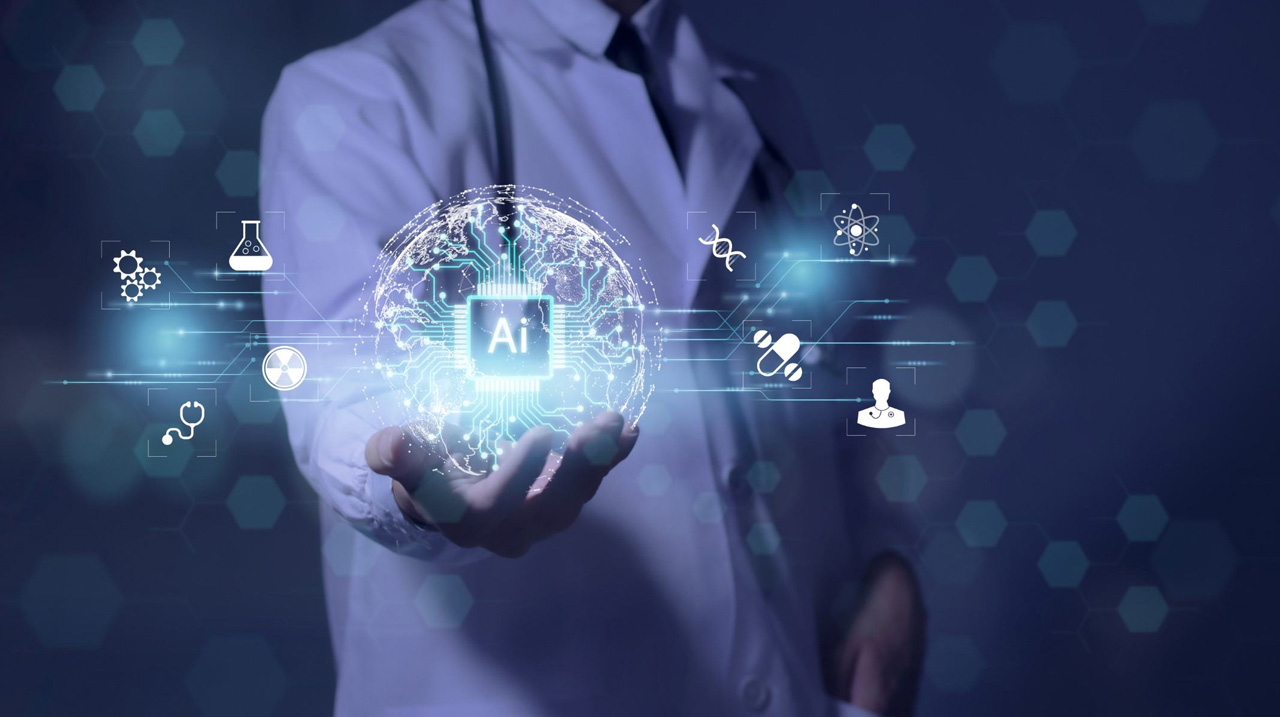
AI-powered industrial acoustic diagnostics is an innovative equipment inspection technology that leverages artificial intelligence to analyze and identify the sounds generated by industrial equipment during operation. By doing so, it accurately assesses the health of the equipment and detects potential faults. Below is a detailed explanation of AI-powered industrial acoustic diagnostics:
Technology Principle
- Sound Collection: Microphones or sensors are deployed on or near the monitored equipment to capture the sound signals generated by the equipment during its operation.
- Feature Extraction: Advanced signal processing technologies and machine learning algorithms are used to extract key feature information from the collected sound signals, such as frequency, amplitude, timbre, and other relevant acoustic parameters.
- Intelligent Analysis: The extracted feature information is compared with a predefined fault feature library. Deep learning algorithms are applied to intelligently analyze and assess the sound signals, determining whether the equipment is experiencing faults or abnormalities.
Application Advantages
- Non-contact Detection: AI-based industrial auscultation requires no direct contact with the equipment, eliminating safety risks that may arise from contact-based detection methods.
- Real-time Monitoring: The system provides real-time monitoring of equipment, enabling early detection and warning of potential faults, preventing production interruptions caused by unexpected breakdowns.
- High Precision: Through advanced algorithms and extensive data training, AI-based industrial auscultation offers high accuracy and reliability in fault detection.
- Wide Applicability: The technology is applicable to a wide range of industrial equipment, including motors, gearboxes, pumps, transformers, and more, making it highly versatile for different sectors.
AI Visual Analysis
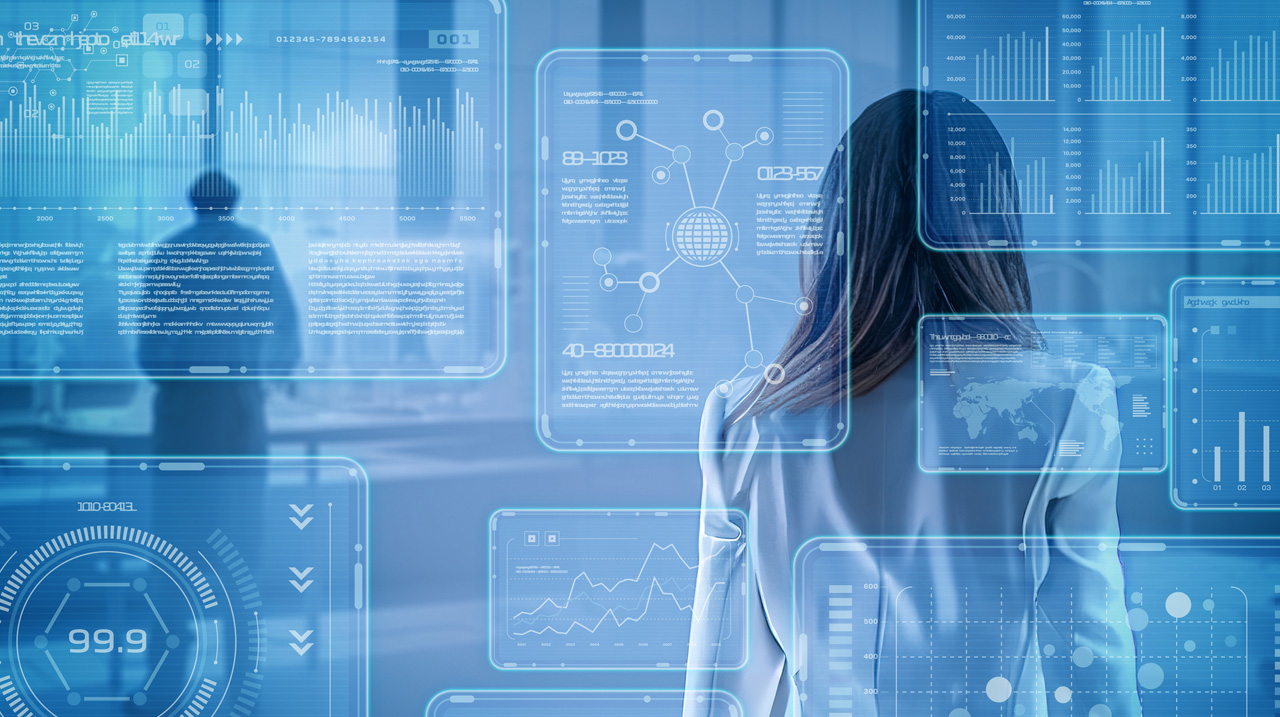
AI visual analysis leverages artificial intelligence technology to analyze and interpret images and videos.
Technical Principle
AI visual analysis, or computer vision, enables computers to replicate human vision by recognizing and processing objects in images and videos. Using cameras and advanced algorithms, it allows for object detection, tracking, and measurement, with image processing that optimizes the output for human observation or further analysis.
Key Features
Our AI visual analysis, powered by deep learning and pattern recognition, offers the following capabilities:
- Recognition: Trains models to match input images or videos with known ones, identifying their categories or identities.
- Classification: Classifies objects in images or videos based on their characteristics, such as animals, plants, buildings, etc.
- Detection: Detects and locates specific targets within images or videos, such as faces, vehicles, animals, etc.
- Tracking: Continuously tracks moving targets in images or videos, capturing their motion trajectories and related information.
- Segmentation: Divides images or videos into different regions or objects for more detailed analysis and processing.
- Reconstruction: Enhances and restores images or videos to improve their quality and usability through processing and repair.